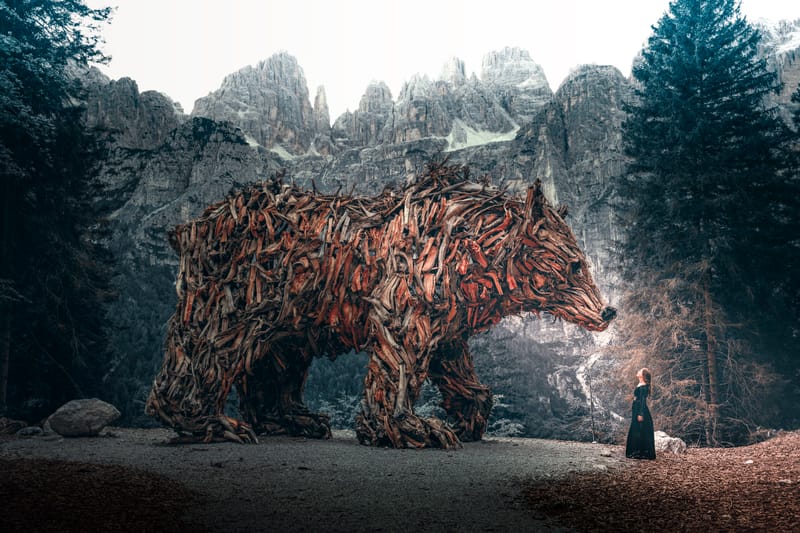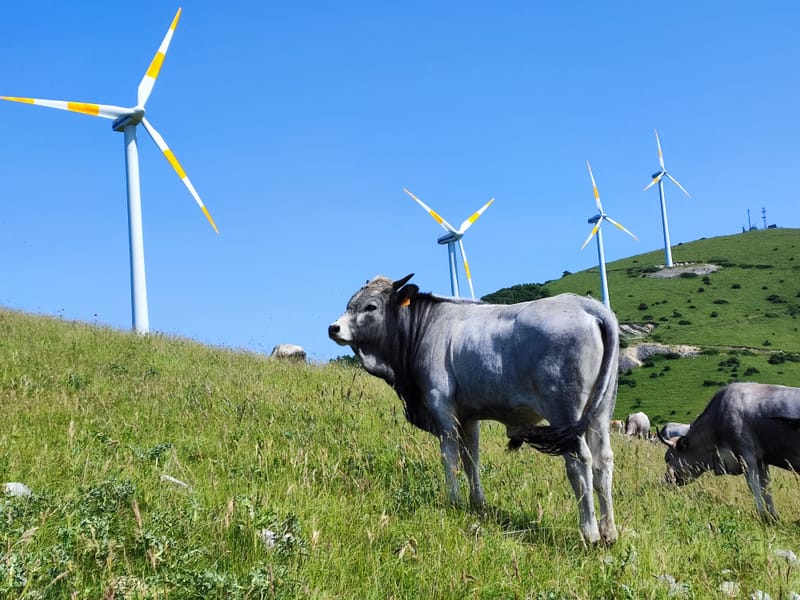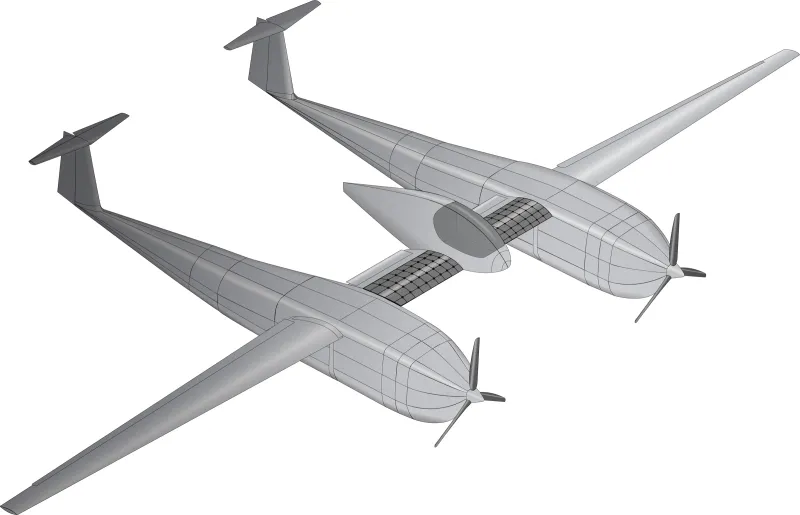Climate change, so the glacier on Mont Blanc is disappearing
The slow death of the Mar de Glace: since 1850 it has lost 300 meters in thickness at Montenvers Station. The complaint from Legambiente's Caravan of Glaciers 2024 campaign, in collaboration with Cipra Italy and the scientific partnership of the Italian Glaciological Committee
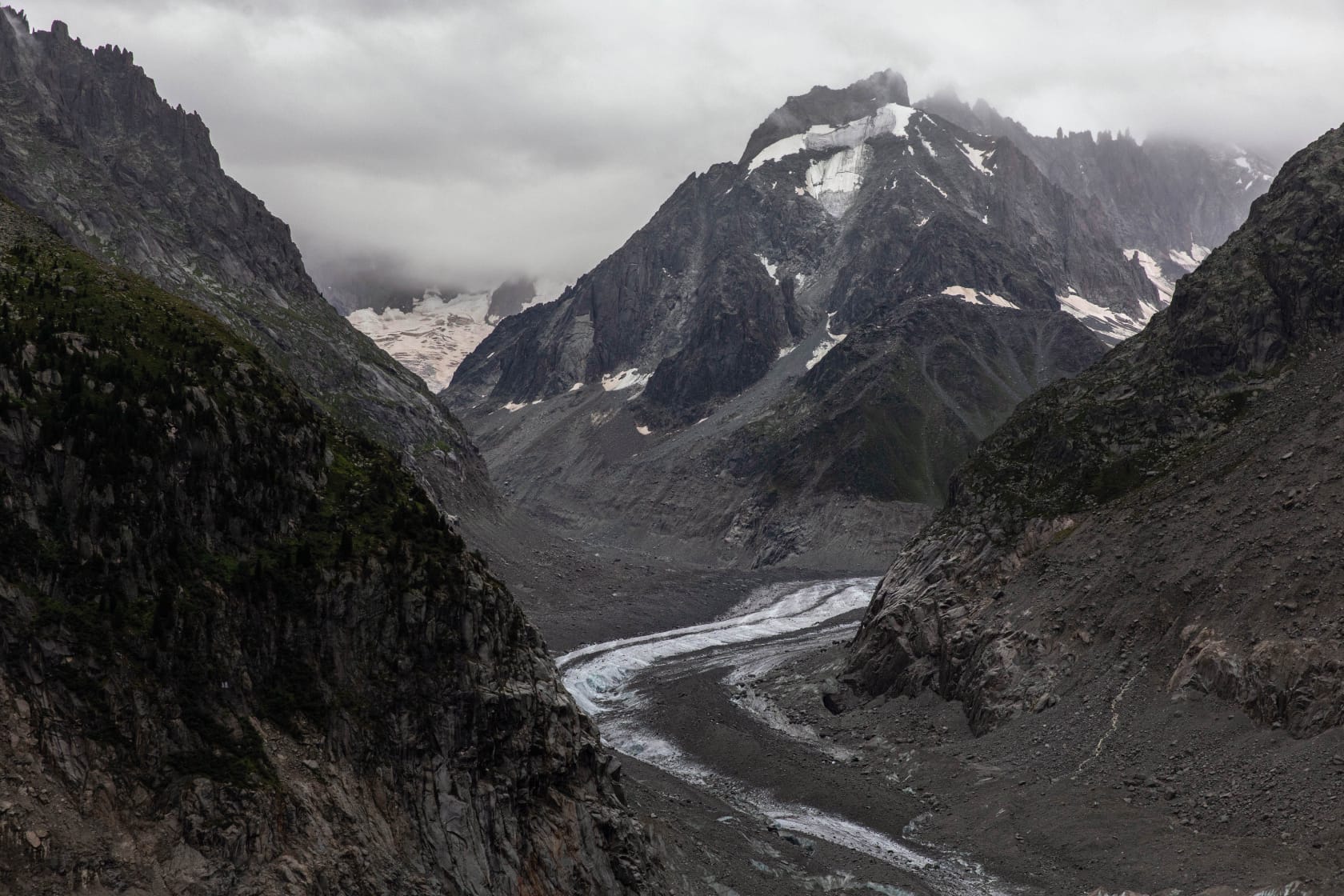
A slow agony, but not too slow either, is that of Mer De Glace, the largest glacier in France, on Mont Blanc, which since 1850 has lost 300 meters in thickness at the height of Montenvers station . A loss that has accelerated since the 1990s with a reduction of 190 meters. And if we look only at the last two years - 2022 and 2023 - the glacier has lost as much as 30 meters in thickness. These are the first data that the Carovana dei ghiacciai 2024 campaign by Legambiente, in collaboration with Cipra Italia and the scientific partnership of the Italian Glaciological Committee, released on the occasion of its first stop in France, on Mont Blanc.
The objective of the campaign - now in its fifth edition - is to monitor the health of Alpine glaciers, in Italy and also across the border, starting precisely from the Mer De Glace, whose front has recorded a retreat of more than 2.7 kilometers since the end of the Little Ice Age (PEG, year 1850). Today the area occupied by the glacier has dropped below 30 km2, an area that still represents twice the area of the Adamello glacier, the largest in Italy. On the French Glacier, there has also been a gradual increase in debris cover, i.e., rock fragments emerging or accumulating on the surface of the glacier for decades as a result of its shrinkage and increased rock collapse from surrounding walls. At the same time, there is instability of moraines and rock walls in the valley, with repeated collapses.
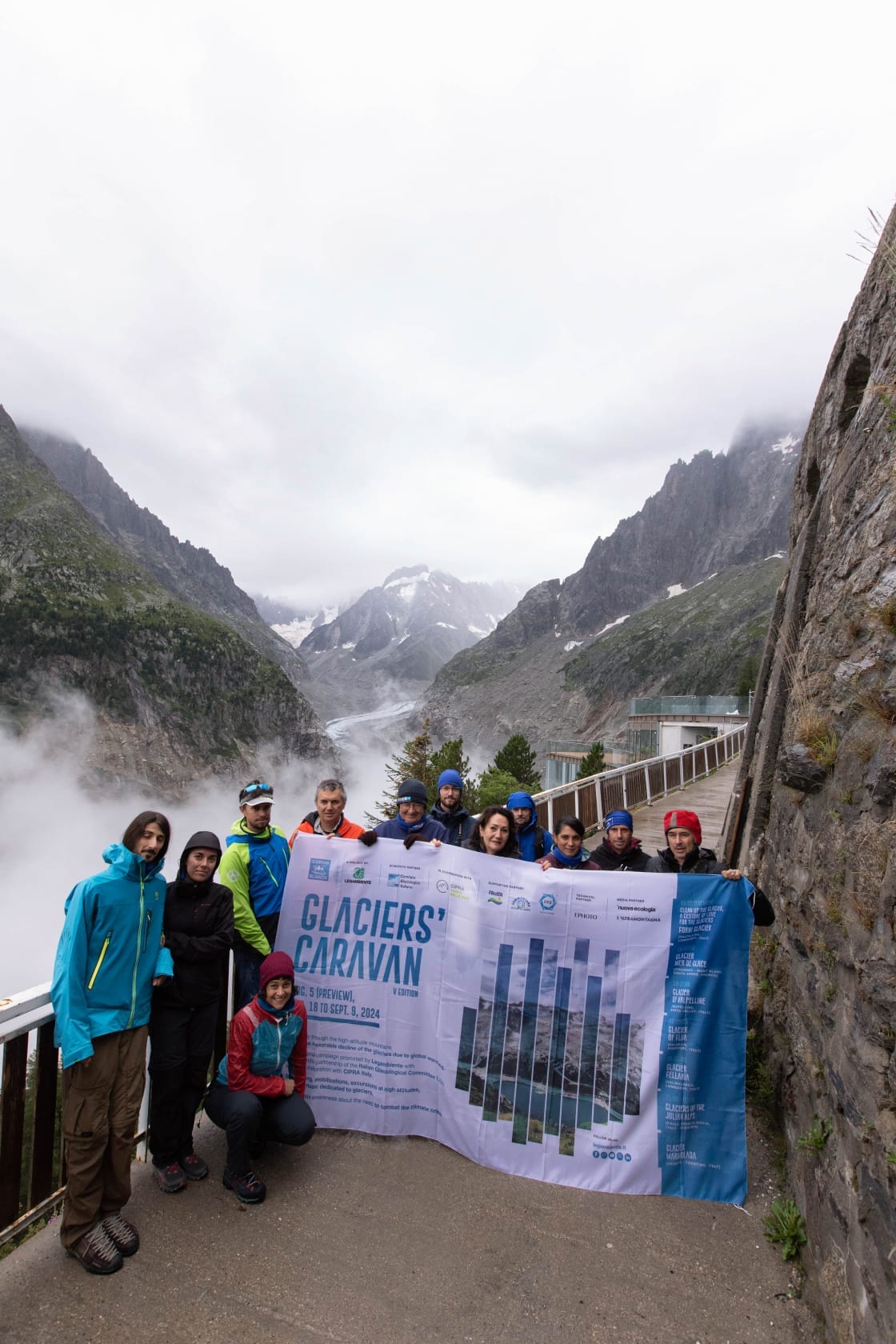
As Vanda Bonardo, Legambiente's national Alps manager and president of Cipra Italia, explains, the Mer de Glace "if on the one hand reminds us that we need to change course as soon as possible with strong mitigation policies, on the other hand it draws attention to the need for urgent adaptation strategies even at high altitudes, for new forms of tourism, but also for the protection of high mountains. These are some of the aspects that should be addressed with a pathway of international governance for high altitudes with the special attention to glacial ecosystems."
According to studies, from 1930 to the present day in the face of a 1.7°C increase in temperature there has been a recent increase in rock wall collapses in the Mont Blanc sector: 12 on average per year in the interval between 2000 and 2010, while in the period 1940-1950 there were only 5 on average. In particular, in the Drus and Aiguilles de Chamonix area , out of the total number of collapses that have occurred since the late 1850s, more than 85% have occurred since the 1990s until today, thus in just 3 decades.
After the stop on Mont Blanc, Caravan of Glaciers will move from August 19 to 22 to Valle D'Aosta to monitor the health of the Valpelline glaciers.



